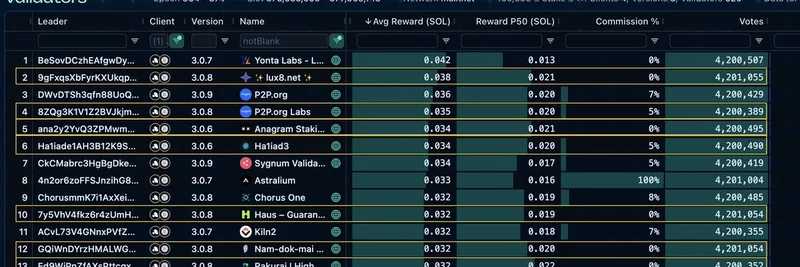Remember the days when launching a cryptocurrency token felt like a real endeavor? You needed coding skills, a solid team, and maybe even a bit of cash to hire a developer. Those barriers ensured that only serious projects made it to the blockchain. But fast-forward to today, and things have changed dramatically.
A recent tweet from @StarPlatinumSOL on X (formerly Twitter) captures this shift perfectly. Posted on November 5, 2025, the thread dives into how the ease of token creation—thanks to platforms like Pump Fun—has essentially "ruined" the current memecoin cycle.
The attached image in the tweet? It's a stark illustration—a YouTube thumbnail from Orangie Web3 titled "How This 17 Year Old Made $1,000,000 Rugging Memecoins." It shows a wallet balance skyrocketing to over a million dollars, juxtaposed with a cartoon character, highlighting the wild, often unethical profits in this space. Rug pulls, for the uninitiated, are scams where creators hype a token, attract investors, and then dump their holdings, leaving everyone else with worthless assets.
In the tweet, @StarPlatinumSOL explains: "Back then, if you wanted to launch a token (let’s say a memecoin) you either needed dev skills or had to hire a developer. You needed someone smart, who understood tokenomics and knew the blockchain they were building on." Launching required effort, knowledge, money, and planning. But with Pump Fun, it's as simple as clicking a couple of buttons.
This accessibility, while innovative, has flooded the market. As the poster notes, "It’s so easy that today it’s harder to find someone who hasn’t launched a token than someone who has." No need for a team, roadmap, or pre-launch community—just launch and see what happens. If it flops? No big deal; spin up another one.
The Downside of Democratized Token Launches
This low barrier has bred a culture of short-lived assets. Tokens pump hard on hype, then dump just as quickly. The result? "These assets live shorter and die faster," as @StarPlatinumSOL puts it. We've gone from thousands to millions of tokens in two years, burning retail investors along the way.
Replies to the tweet echo this sentiment. One user, @alert_pumpfun, likens it to "giving a toddler a loaded gun," predicting chaos. Another, @SUIGGEI, laments that "Memecoins ruined CT [Crypto Twitter], the culture of holding and believing is gone." Even @The0xLedger points out that higher barriers once filtered out scams and low-effort projects.
But not everyone sees it as all bad. @fluixoo argues that the low entry brings innovation. And @YumiMaaaaaaa wisely notes, "When creation is trivial the only valuable skill left is vetting."
Why This Matters for Memecoin Investors
In the world of Solana memecoins, where many of these launches happen, this trend has eroded trust. People no longer believe in long-term holds; it's all about quick flips. The pump-and-dump mentality, amplified by easy tools, has "fried investors’ brains," leading to widespread cynicism.
If you're dipping into memecoins, remember: due diligence is key. Check for locked liquidity, transparent teams, and real community engagement. Tools like DexScreener can help spot red flags early.
Looking Ahead: Can the Cycle Be Salvaged?
@StarPlatinumSOL doesn't blame Pump Fun—they just filled a demand. But perhaps the next evolution involves better regulations or smarter platforms that encourage quality over quantity. Until then, the memecoin space remains a wild west, full of opportunity but rife with risks.
What do you think? Has simplification helped or hurt the crypto ecosystem? Share your thoughts in the comments below, and stay tuned to Meme Insider for more insights on the latest memecoin trends.



